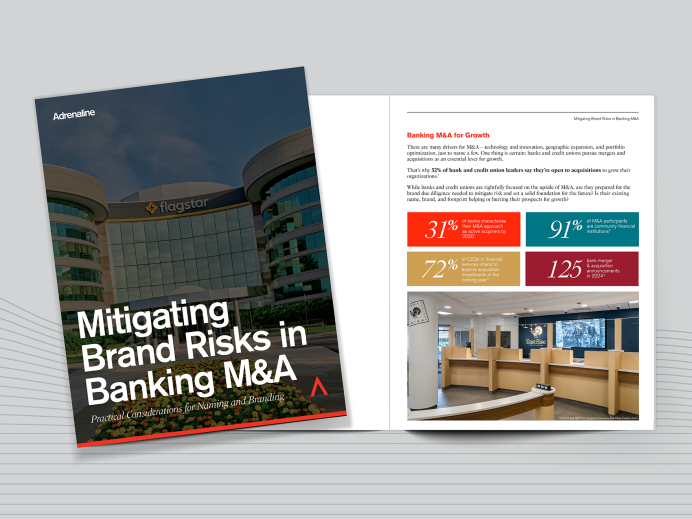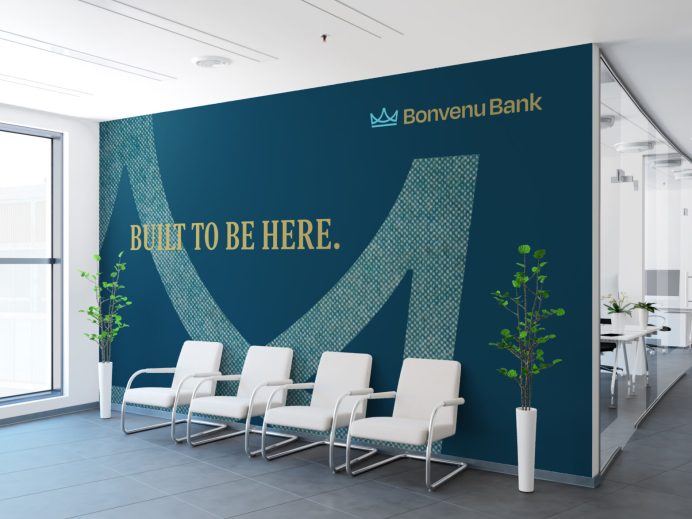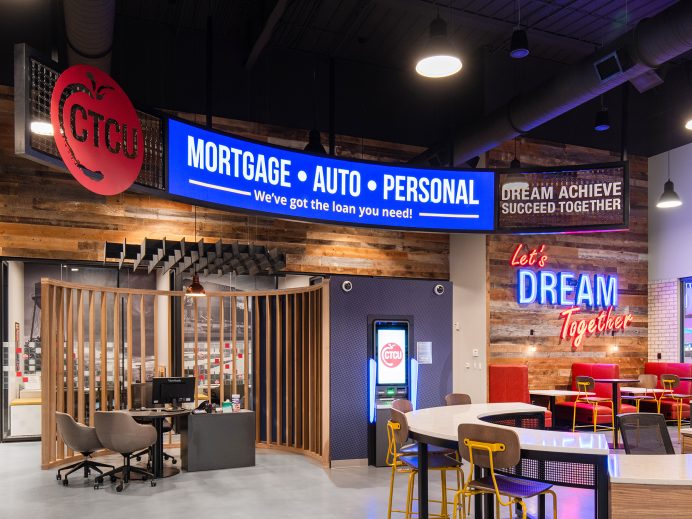Four Phases of Bank Mergers and Acquisitions
Proactive planning for risks and opportunities to ensure a smooth M&A process
Banking M&A at a Glance:
- Institutions shouldn’t make the mistake of pushing off important brand considerations as a post-deal downstream activity
- During the first M&A announcement, both institutions have an enormous window of business vulnerability
- Address potential costs related to efficiency and risk, because confusion costs money
While 2023 saw a slowdown in banking M&A activity overall, bank mergers among institutions of equal size (MOEs) remained steadfast through the third quarter of the year. In fact, MOEs comprised the highest percentage of U.S. bank M&A activity over the last two years and represented more than 25% of total deal value. “Banks increasingly viewed those deals as an attractive alternative to gain scale to tackle ongoing headwinds, amid a lack of buyers and low valuations,” according to S&P Global Intelligence. “These deals are especially attractive for smaller community banks.”
The M&A volume surge in August shows that the banking industry is ready to scale, even in a tight economic environment. “Eventually, you realize there are still reasons to pursue a deal, and you get to a point where you do it or you don’t,” says Jacob Thompson, managing director of investment banking at Samco Capital Markets, in American Banker. “I think there’s some pent-up demand and people are getting used to a new normal and they are starting to pull the trigger on some of these transactions.” Whether a deal is a larger institution acquiring a smaller one or a merger of equals, there are risks and opportunities all along the bank merger and acquisition process.
Phase I: Due Diligence
This is the intense “what if” or matchmaking phase where institutions weigh their options and begin to evaluate what a deal could look like. At this stage, financial institutions validate the value of an acquisition, uncover risks and liabilities, compile an inventory of potential legal issues, reputational and operational risk, along with assessing alignment of corporate culture. Even at this early point, banks should think about the potential brand challenges a merger or acquisition would pose – including name confusion or ownership, conversion of branches, and marketing and advertising.
Institutions shouldn’t make the mistake of pushing these important brand considerations to a post-deal downstream activity. “We’ve found that in the thick of M&A, some really important areas can get missed,” says Gina Bleedorn, President of Adrenaline, in What Are Your M&A Blind Spots? There are potential costs related to efficiency and risk, because confusion costs money. When banks undertake essential M&A planning upfront, they will have more control over cost, deliver more efficiency, mitigate more risk and spur more growth.
Phase II: Announcement
This phase is where banks decide that the M&A deal is going to work and publicly declare their intention to merge. The communications officers have prepared high-level messaging to quell concern, communicate enthusiasm and state the facts of the deal. There is light reference to organizational issues, like leadership retention, roles and structure and name and identity impact. At this phase, it’s essential that leaders have a thorough understanding of current and future brand implications. This is a public declaration of intent, but because of the need for extreme confidentiality, many details about how the merger will go are still to be determined.
After the announcement, both banks have an enormous window of business vulnerability, because of the risk of attrition and pressure from competitors – who may be calling on clients and key employees. Bank merger news fans the flames of uncertainly with centers of influence locally. That makes managing the message proactively – and not reactively – a high-stakes proposition. The bank must successfully divide their attention among core constituencies including current clients, prospective clients, and employees, all at the same time.
Further, the accounts and loans at the bank being purchased are significant and have been accounted for in the valuation and deal price. At this stage, the prospect of people leaving can be high – key employees, clients and customers, alike – and more costly in time and money to prevent if not well planned for in the beginning. To mitigate risk, banks should deploy a brand communication strategy for change management. With a goal to assure and retain, the messaging around change is critical, but what’s said at this phase also must remain true. There is substantial reputational risk to organizations viewed as going back on their word.
Phase III: Transaction Completed
The next phase signifies that the bank merger transaction is complete with filings, contracts and approvals. Both parties can still call it off, but there’s an even bigger risk of reputational damage if they do. This phase of communications focuses on celebrating all of the positives of the deal, especially for customers and communities, and sets expectations about the direct impact on people – including expanded benefits, what’s happening at their local branch, and outlook for customer service and staffing. Also known as Legal Day One, this is where post-merger activities really ramp up with leaders thinking less about the financial and operational terms of the deal and more about the relationships and communications with people.
Planning across the merged organization during this phase is essential for successful bank M&A. A robust strategic plan enables a smooth process informed by understanding and managing risk, efficiency and growth. Ideally, brand naming and identity concerns were considered during due diligence, but often the outcome of those decisions is addressed in planning during this phase and deployed during the implementation phase to come. Considerations for naming and identity include: knowing the impact of a name when expanding to new areas and understanding any unflattering comparisons, legal risk and consumer confusion.
Phase IV: Implementation
After Legal Day One closes, this is where the rubber meets the road. The majority of the planning has been done, and teams across the organization stand ready. In this phase, the bank can officially begin activating the merger strategy – finalizing plans, delivering culture training and communicating changes over the coming months. Having a robust plan for implementing the existing or new brand across the organization is essential for a bank merger’s success. Making informed decisions about all assets – inclusive of brand, reputation, branch, and digital – will lead to smoother and smarter outcomes.
Inform M&A decision making, mitigate brand risks, and guide efficient integration with these M&A questions, insights, and case studies of banking brands that have successfully grown through M&A.
Adrenaline is an end-to-end brand experience company serving the financial industry. We move brands and businesses ahead by delivering on every aspect of their experience across digital and physical channels, from strategy through implementation. Our multi-disciplinary team works with leadership to advise on purpose, position, culture, and retail growth strategies. We create brands people love and engage audiences from employees to customers with story-led design and insights-driven marketing; and we design and build transformative brand experiences across branch networks, leading the construction and implementation of physical spaces that drive business advantage and make the brand experience real.




